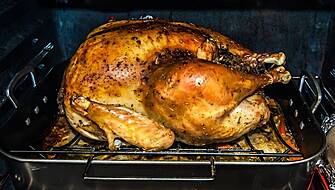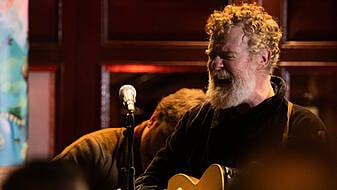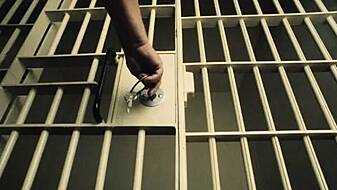The number of people who identify as Roman Catholic has fallen from 79 per cent in 2016 to 69 per cent in 2022, according to Census data from the Central Statistics Office (CSO).
A change was made to the question people were asked in the 2022 Census. In 2016, it was framed simply as "What is your religion?" While in 2022 it was "What is your religion, if any?"
The total number of Roman Catholics fell overall by 180,783.
The figure for people with no religion increased by 284,269 and now stands at 736,210.
The Church of Ireland category showed little change but remained the second-largest religious category with 124,749 people.
Other categories with large numbers included Orthodox (100,165) and Islam (81,930).
The number of Hindus more than doubled from 13,729 to 33,043.
In terms of the population, it is the first time in 171 years that Ireland's population exceeded five million.
There were 5,149,139 people in the State on Sunday, April 3rd, 2022, an 8 per cent increase since April 2016.
Census 2022 shows population up 8% to 5.15 millionhttps://t.co/22hnozHvaj#CSOIreland #Ireland #Census #Census2022 #CensusIreland #Population pic.twitter.com/WaaUUn8Ug4
Advertisement— Central Statistics Office Ireland (@CSOIreland) May 30, 2023
The average age of the population increased from 37.4 in 2016 to 38.8 in 2022.
The number of people with dual Irish citizenship was 170,597 which represents a 63 per cent increase from 2016.
There was a drop from 87 per cent to 83 per cent in the proportion of people who reported their health was good or very good since 2016.
Approximately a third of all workers (747,961 people) worked from home for at least some part of their week.
More than 700,000 people indicated that they undertook voluntary work, and of those, nearly 300,000 people volunteered in a sporting organisation.
Almost 80 per cent of households had a broadband Internet connection in 2022, up from 71 per cent in 2016.
The biggest non-Irish groups were Polish, and UK citizens followed by Indian, Romanian and Lithuanian.
Brazilian, Italian, Latvian and Spanish citizens were also amongst the larger non-Irish groups.







